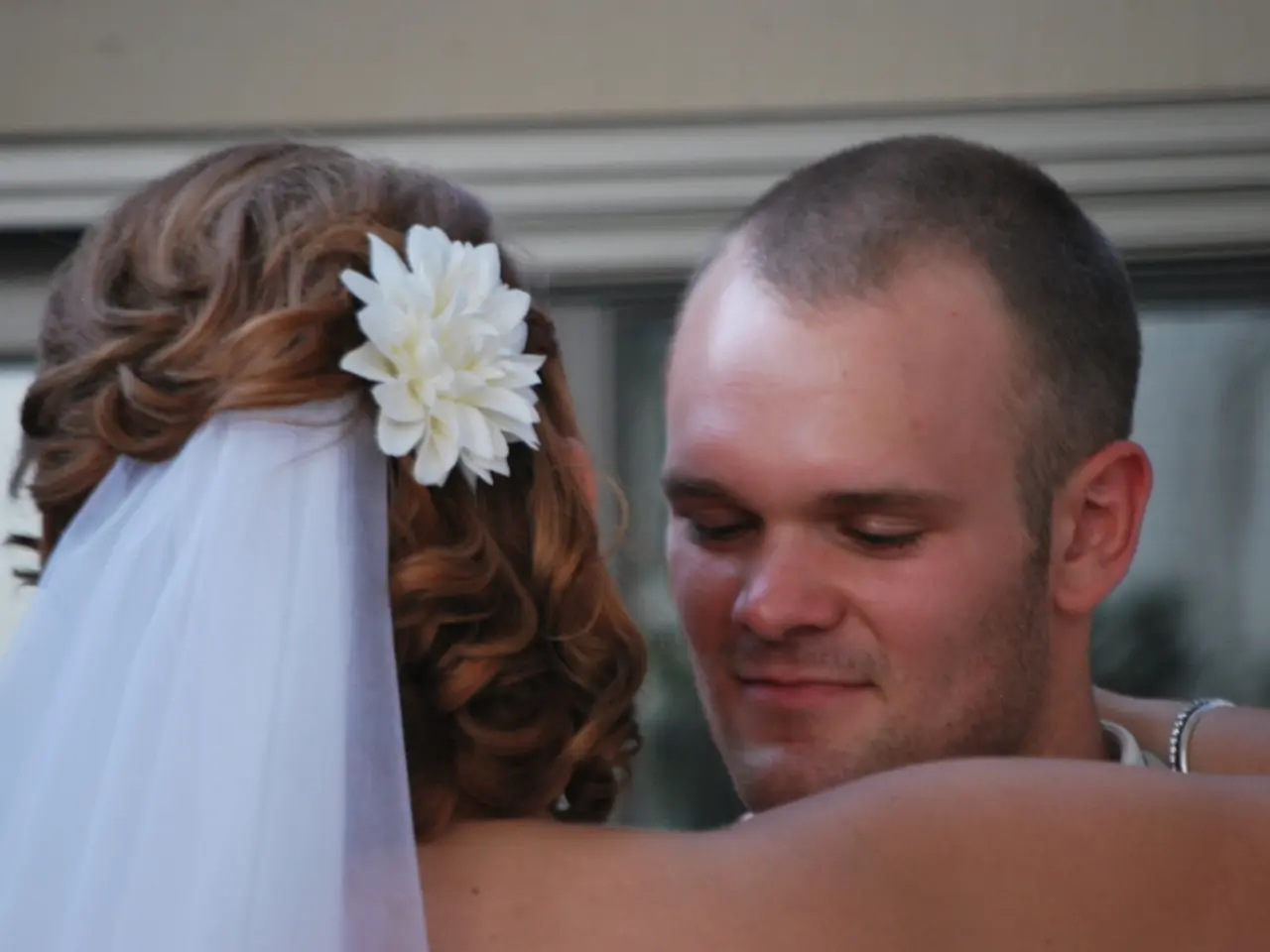Guiding Adults on the Restoration of Disrupted Bonding
A **disorganized attachment style** is an insecure attachment pattern that can create confusion and emotional turmoil in relationships. Characterized by conflicting behaviors and emotions, individuals with this style may find themselves intensely desiring closeness, yet compelled to withdraw when intimacy feels threatening.
This attachment style typically develops from early experiences of trauma, neglect, or inconsistent caregiving. As a result, the child—and later, the adult—struggles to manage emotional closeness and often experiences alarm or threat responses to gestures meant to be kind or safe. This leads to an inconsistent and unpredictable internal landscape where emotions and intentions are often at odds.
**The Impact on Relationships**
Relationships can be particularly challenging for those with a disorganized attachment style. The unpredictable behaviors, emotional instability, and self-sabotage can make relationships feel unstable and confusing for both parties. Individuals may alternate between seeking closeness and pushing partners away, creating a push-pull dynamic that feels like an emotional tug-of-war.
This attachment style can also lead to a persistent sense of insecurity, anxiety, or fear within relationships, making it difficult to trust or feel safe. People with disorganized attachment might unintentionally sabotage relationships, feeling overwhelmed by vulnerability or perceived threats to emotional safety. They may long for deep connection, but the moment intimacy seems real or vulnerable, alarm bells go off, causing them to retreat.
**Healing and Growth**
Healing a disorganized attachment style begins with understanding and retraining the systems that have kept one stuck. This journey involves addressing the issue on three levels: mind, body, and spirit.
At the mind level, individuals work on rewiring beliefs, reframing limiting stories, practicing self-compassion, and developing healthier narratives around love, trust, and self-worth.
The body level healing involves regulating the nervous system through somatic and creative arts practices, releasing stored emotional energy, building a richer emotional vocabulary, and learning to feel feelings without being overwhelmed.
Spirit level healing involves connecting with inner wisdom and core values, rebuilding a sense of purpose, connection, and belonging beyond fear, and practicing rituals or spiritual frameworks that ground you in meaning.
For emotionally aware, intelligent, heart-led adults with a disorganized attachment style, the growth challenges include letting go of old beliefs such as "I'm too much to love," "I'll always ruin the relationship," and "I have to protect myself at all costs," and adopting new, empowering beliefs like "My emotions are valid and worthy of space," "It's safe to be seen and loved for who I really am," and "I can learn to create and sustain secure, fulfilling relationships."
It's important to remember that sensitive, emotionally complex individuals are not broken, and feeling calm, confident, and connected in relationships is achievable through the right inner work with the right tools and support. With self-awareness, support, and sometimes professional help, individuals can work towards more secure patterns of relating.
[1] Bowlby, J. (1969). Attachment and Loss: Vol. 1. Attachment. Basic Books. [2] Ainsworth, M. D. S., Blehar, M. C., Waters, E., & Wall, S. (1978). Patterns of Attachment: A Psychological Study of the Strange Situation. Hillsdale, NJ: Lawrence Erlbaum Associates. [3] Cassidy, J., & Shaver, P. R. (1999). Handbook of Attachment: Theory, Research, and Clinical Applications. Guilford Press. [4] Lyons-Ruth, K., & Jacobvitz, D. (2008). The Development of Disorganized Attachment: Theory, Research, and Clinical Implications. Guilford Press. [5] Main, M., & Hesse, E. (1990). Parental Disorganization of Attachment: The Developmental Significance of Caregiver Psychopathology. In J. Cassidy & P. R. Shaver (Eds.), Handbook of Attachment: Theory, Research, and Clinical Applications (pp. 459-473). Guilford Press.
- The development of a disorganized attachment style often stems from experiences of trauma, neglect, or inconsistent caregiving in early life, shaping an attachment pattern that can create confusion and emotional turmoil in relationships.
- Individuals with a disorganized attachment style may desire closeness, yet feel compelled to withdraw when intimacy seems threatening, leading to a push-pull dynamic that feels like an emotional tug-of-war within relationships.
- Healing a disorganized attachment style requires addressing the issue on three levels: the mind, body, and spirit, with the goal of rewiring beliefs, regulating the nervous system, and connecting with inner wisdom.
- At the mind level, individuals work on rewiring beliefs, reframing limiting stories, practicing self-compassion, and developing healthier narratives around love, trust, and self-worth.
- The body level healing involves regulating the nervous system through somatic and creative arts practices, releasing stored emotional energy, building a richer emotional vocabulary, and learning to feel feelings without being overwhelmed.
- Spirit level healing involves connecting with inner wisdom and core values, rebuilding a sense of purpose, connection, and belonging beyond fear, and practicing rituals or spiritual frameworks that ground you in meaning.
- Growth for individuals with a disorganized attachment style includes letting go of old beliefs and adopting new, empowering beliefs to foster calmness, confidence, and connection in relationships.
- Such beliefs may include statements like, "My emotions are valid and worthy of space," "It's safe to be seen and loved for who I really am," and "I can learn to create and sustain secure, fulfilling relationships."
- Sensitive, emotionally complex individuals who struggle with a disorganized attachment style are not broken; with self-awareness, support, and sometimes professional help, they can work towards more secure patterns of relating.
- This healing process is often grounded in scientific research on attachment and emotional development, with influential works such as John Bowlby's "Attachment and Loss," Mary Ainsworth's "Patterns of Attachment," and Judith Lyons-Ruth and Dara Jacobvitz's "The Development of Disorganized Attachment" serving as foundational texts in the field.
- In addition to support from family, friends, and professional therapists, individuals can explore various avenues of growth, including education on mental health, self-development, and personal growth, as well as participating in health-and-wellness, lifestyle, and art practice communities that promote healing, communication, and the setting of boundaries in relationships.




